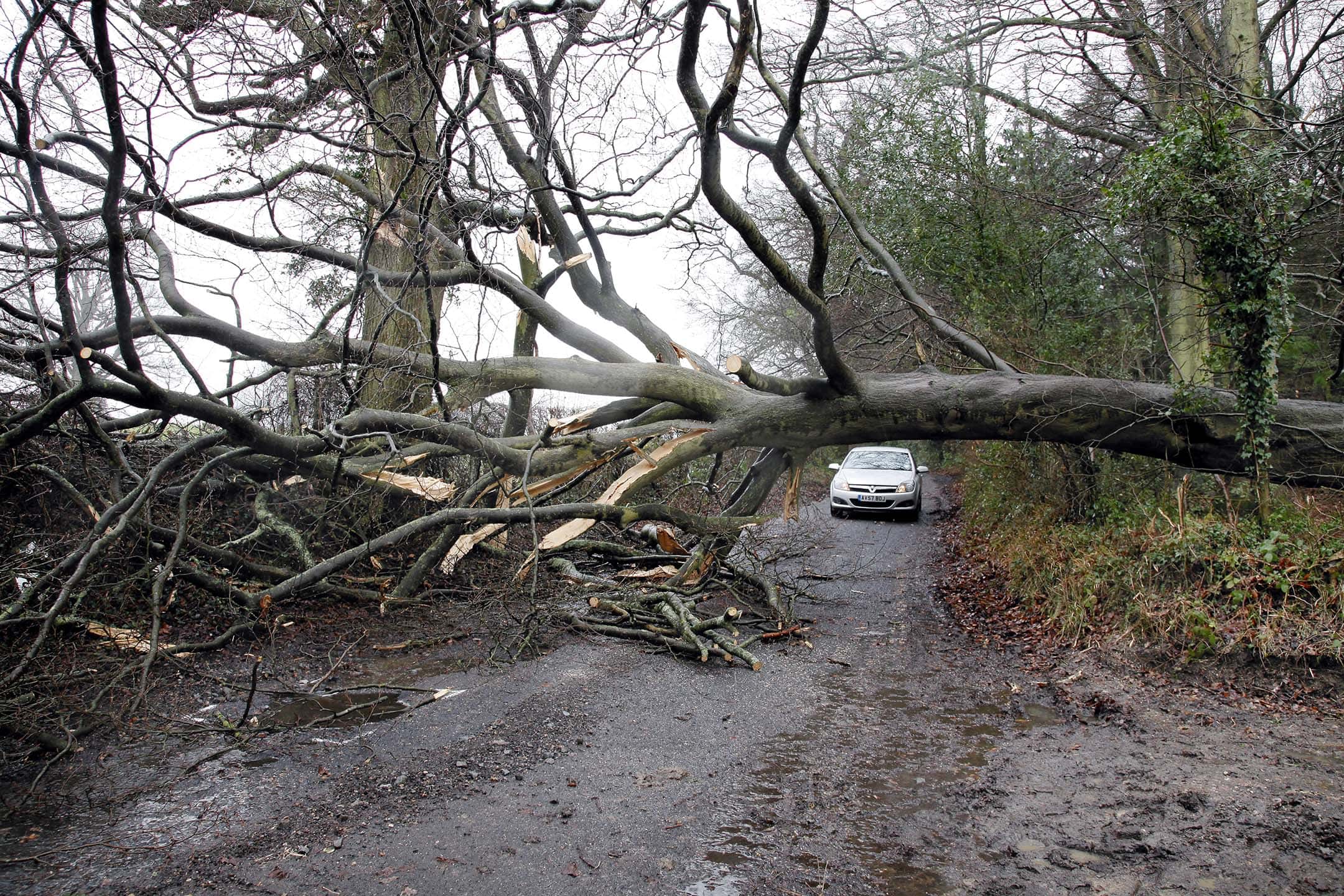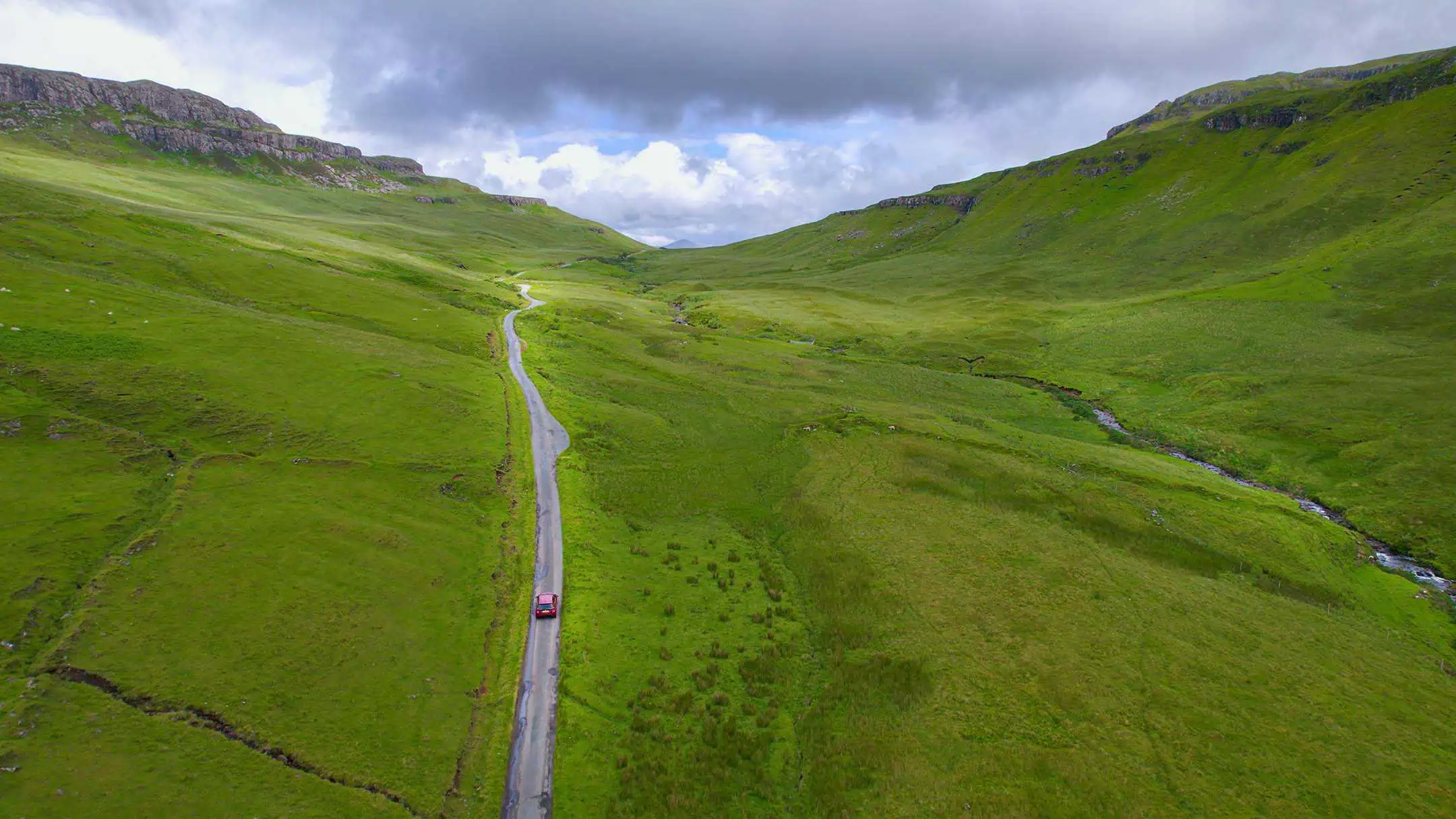How to drive safely in high winds

Roads
Vulnerable Users
Driving Law
Breakdowns
Driving Menu
Most drivers are cautious when driving on snowy roads or during heavy rain...
…but many still don’t recognise the dangers of driving in high winds.
Before you travel
Before you travel in harsh weather conditions, keep up to date with the latest weather information:
- Met Office – for all weather warnings
- Environment Agency – for all flood-related warnings
Watch out for fallen trees
Trees on the road – driving during storm force winds you may encounter trees, branches or other debris that have been blown down onto the road. Hitting obstacles like this could be fatal, so don’t forget to keep your speed down and be alert at all times.

Hey did you know?
The strongest ever winds in the UK have been recorded on mountains, and the strongest ever gust was 150.3 knots (173 mph) recorded at Cairngorm Summit on 20 March 1986.
You don’t want to be driving in that!

Stormy weather
Storms with excessively high winds are becoming the norm in recent years. When the weather forecast is advising that storm force winds are on the way.
It is always best to avoid unnecessary journeys, but if you have no option and have to drive in high winds then be prepared for sudden and powerful gusts, particularly when you are driving on exposed stretches of motorways and other roads, crossing bridges and passing high-sided vehicles.
Try to avoid driving in storm force winds by planning a route with the least exposure to the bad weather.
Be careful where you park
Parking – park your car in a safe place, and avoid parking under trees and other hazards.
Be prepared for the dangers of driving in very windy weather
- Drive at a modest speed – the faster you drive, the more a gust can push you off course. It will take you a bit longer to get the car back under full control.
- You can be blown off course – keep both hands firmly on the wheel. You’ll need all your concentration to negotiate being buffeted by wind and the slipstream of nearby cars.
- Other vehicles – be particularly mindful of high sided vehicles including lorries, coaches, caravans and Transit vans as they may be masking a gust or worse they may get blown into your path.
- Cyclist and motorcyclist – these road users are vulnerable at the best of times, but particularly in adverse weather conditions. They can easily get blown around in strong winds and put in added danger.

Warning!
Keep an eye out for gaps between trees, buildings or bridges over a river or railway – these are some of the places you are more likely to be exposed to side winds. Ensure that you maintain enough room either side of your vehicle so you can account for it being blown sideways